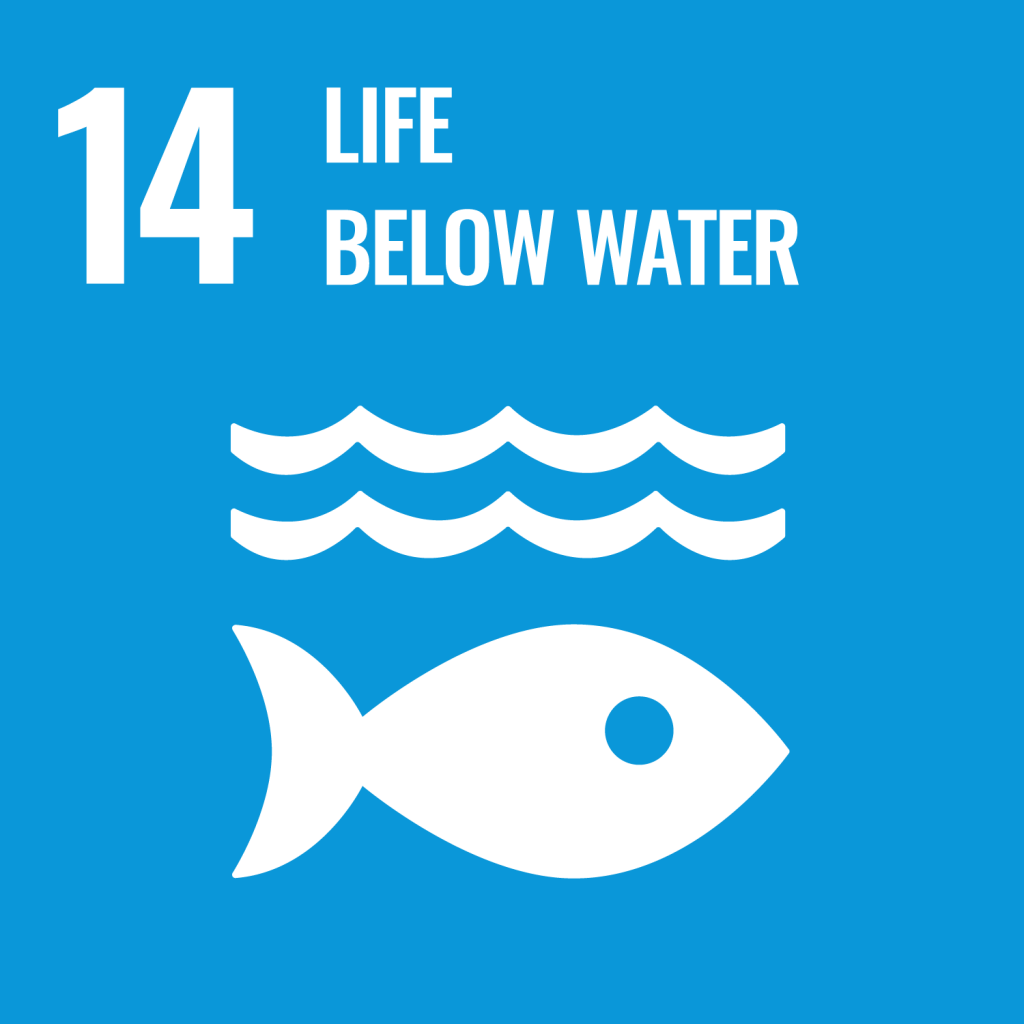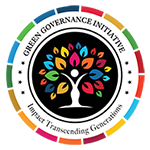Markets in global value chain are increasingly becoming reliant on marine and coastal biodiversity. Domestically, more than 3 billion people rely on marine food for their protein needs. The excessive burden, thus, calls out for more manageable interventions in the sector with immediate attention towards the damage caused to the biodiversity below water.
Fact And Figures
As much as 40 per cent of the world’s oceans are heavily affected by human activities, including pollution, depleted fisheries, and loss of coastal habitats. Long-term observations of ocean acidification over the past 30 years have shown an average increase of acidity of 26 per cent since pre-industrial times, and at this rate, an increase of 100 to 150 per cent is predicted by the end of the century, with serious consequences for marine life.
Illegal, unreported and unregulated fishing remains one of the greatest threats to sustainable fisheries, the livelihoods of those who depend upon them and marine ecosystems. Current levels of marine acidity have increased by about 26 per cent on average since the start of the Industrial Revolution. Moreover, marine life is being exposed to conditions outside previously experienced natural variability.
To counter this, Goal 14 focuses on preventing marine pollution, ending illegal and destructive fishing practices, and sustainably managing and protecting marine and coastal ecosystems while increasing scientific knowledge, research and transfer of marine technology to improve marine health.
40%
of the world’s oceans are heavily affected by human activities
26%
average increase of acidity in sea water since pre-industrial times
26%
Increase on an average in the current levels of marine acidity since the start of Industrial Revolution

Target
14.1 By 2025, prevent and significantly reduce marine pollution of all kinds, in particular from land-based activities, including marine debris and nutrient pollution
14.2 By 2020, sustainably manage and protect marine and coastal ecosystems to avoid significant adverse impacts, including by strengthening their resilience, and take action for their restoration in order to achieve healthy and productive oceans
14.3 Minimize and address the impacts of ocean acidification, including through enhanced scientific cooperation at all levels
14.4 By 2020, effectively regulate harvesting and end overfishing, illegal, unreported and unregulated fishing and destructive fishing practices and implement science-based management plans, in order to restore fish stocks in the shortest time feasible, at least to levels that can produce maximum sustainable yield as determined by their biological characteristics
14.5 By 2020, conserve at least 10 per cent of coastal and marine areas, consistent with national and international law and based on the best available scientific information
14.7By 2030, increase the economic benefits to Small Island developing States and least developed countries from the sustainable use of marine resources, including through sustainable management of fisheries, aquaculture and tourism
14.a Increase scientific knowledge, develop research capacity and transfer marine technology, taking into account the Intergovernmental Oceanographic Commission Criteria and Guidelines on the Transfer of Marine Technology, in order to improve ocean health and to enhance the contribution of marine biodiversity to the development of developing countries, in particular small island developing States and least developed countries
14.b Provide access for small-scale artisanal fishers to marine resources and markets
14.c Enhance the conservation and sustainable use of oceans and their resources by implementing international law as reflected in UNCLOS, which provides the legal framework for the conservation and sustainable use of oceans and their resources, as recalled in paragraph 158 of “The Future We Want”
Our Team


Vivek Jha
Team Lead SDG 14
